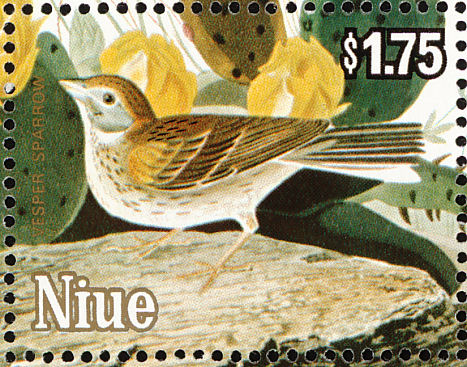Grassland-nesting bird populations continue to decline in numbers in Vermont, according to recent surveys conducted by the Vermont Fish & Wildlife Department and the U.S. Fish and Wildlife Service. Bird species that nest in grasslands include vesper sparrows (Pooecetes gramineus), grasshopper sparrows (Ammodramus savannarum), bobolinks (Dolichonyx oryzivorus), and eastern meadowlarks (Sturnella magna), among others. The birds nest in hayfields or cow pastures, and are threatened by changes in agricultural and land use practices, according to biologist John Buck of the Vermont Fish & Wildlife Department.
The history of grassland bird nesting over the past two centuries follows closely with changes in agricultural practices in North America. When eastern forests were converted into pasture for sheep and cows, grassland birds began nesting in these newly created grassland habitats. As natural prairies in the midwestern and western states and provinces were plowed under to make way for corn and soy crops in the twentieth century, nesting grounds for these bird species were lost. Additionally, as eastern pastures began once again reverting to forests, this further reduced grassland bird habitat continent-wide and contributed to the birds' decline.
Source: Bannington Banner, July 24, 2017
http://www.benningtonbanner.com/stories/vermonts-grassland-birds-on-the…

- Login om te reageren
